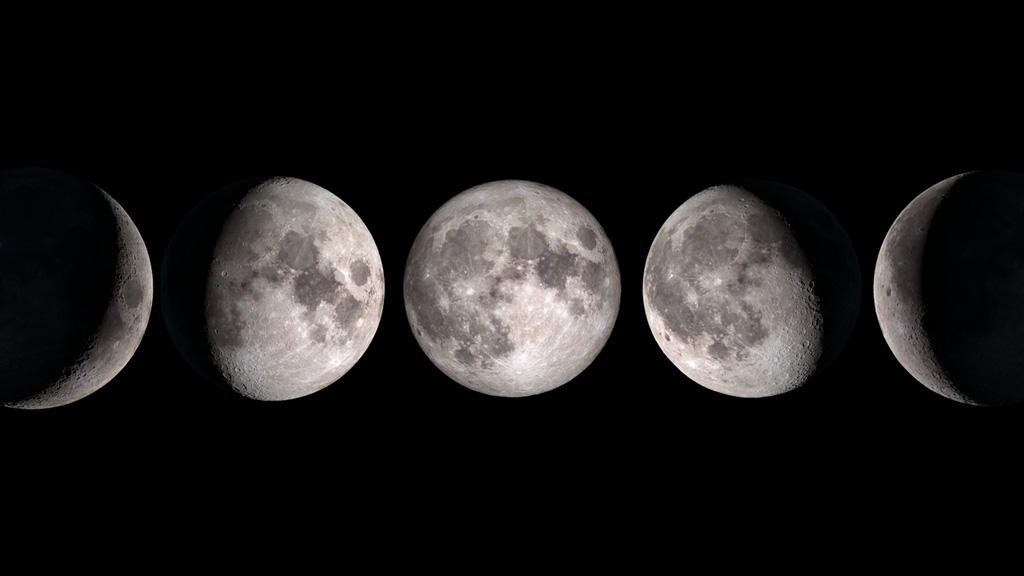How a leap year mistake knocked out a OneWeb satellite for 2 days
February 29, 2024 caused quite a stir for a giant satellite provider.

On the last day of 2024, Eutelsat's OneWeb satellite broadband service that covers much of Europe, Africa, Asia and the Americas was hit with a 48-hour power outage — and, oddly enough, it's because of the leap year.
Apparently, the company didn’t account for the extra day in 2024 in at least one of their systems, which created a timing issue.
"We can confirm that the issue was caused by a leap year problem, related to day 366 in 2024, which impacted the manual calculation for the GPS-to-UTC offset," according to a company spokesperson, speaking to The Register.
Basically, UTC, or Coordinated Universal Time, which we use on Earth actually differs a few seconds from GPS time, which is used by satellites, so there’s always a small offset between the two time measurements.
It is therefore very important that satellite manufacturers account for this difference in general, in order to make sure all spacecraft capabilities and ground communications programs continue smoothly — but during a leap year, the extra day in February means engineers must add another layer of adjustment time-wise. If not, as Eutelsat's experience shows, complications can occur.
"The root cause was identified as a software issue within the ground segment," the company said in a short statement. "Eutelsat was fully mobilized and worked with the vendor to restore full service."
Based in Paris, Eutelsat runs one of the largest satellite networks in the world, including 35 geostationary satellites and a constellation of over 600 satellites in low Earth orbit. Aside from public internet, Eutelsat also distributes connectivity for government services and more than 6,500 television channels.
Get the Space.com Newsletter
Breaking space news, the latest updates on rocket launches, skywatching events and more!
The origin of the leap year, which adds one day—the 29th—to the end of February once every four years, dates all the way back to 46 B.C. An astronomer named Sosigenes of Alexandria told Julius Caesar that the tropical year (or the solar year) lasted about 365.25 days. So, a leap day was added to the calendar every four years to account for the quarter day.
Whenever a leap year comes around, there are always a few errors that pop up around the world. Last year, a computer bug caused by the existence of Feb. 29 turned off street lighting across Paris for a night, which then had to be restored district by district.
We have a while until companies and organizations have to start worrying about computer issues caused by a leap year. Feb. 29 doesn’t come around again until 2028.
Join our Space Forums to keep talking space on the latest missions, night sky and more! And if you have a news tip, correction or comment, let us know at: community@space.com.
Julian Dossett is a freelance writer living in Santa Fe, New Mexico. He primarily covers the rocket industry and space exploration and, in addition to science writing, contributes travel stories to New Mexico Magazine. In 2022 and 2024, his travel writing earned IRMA Awards. Previously, he worked as a staff writer at CNET. He graduated from Texas State University in San Marcos in 2011 with a B.A. in philosophy. He owns a large collection of sci-fi pulp magazines from the 1960s.










